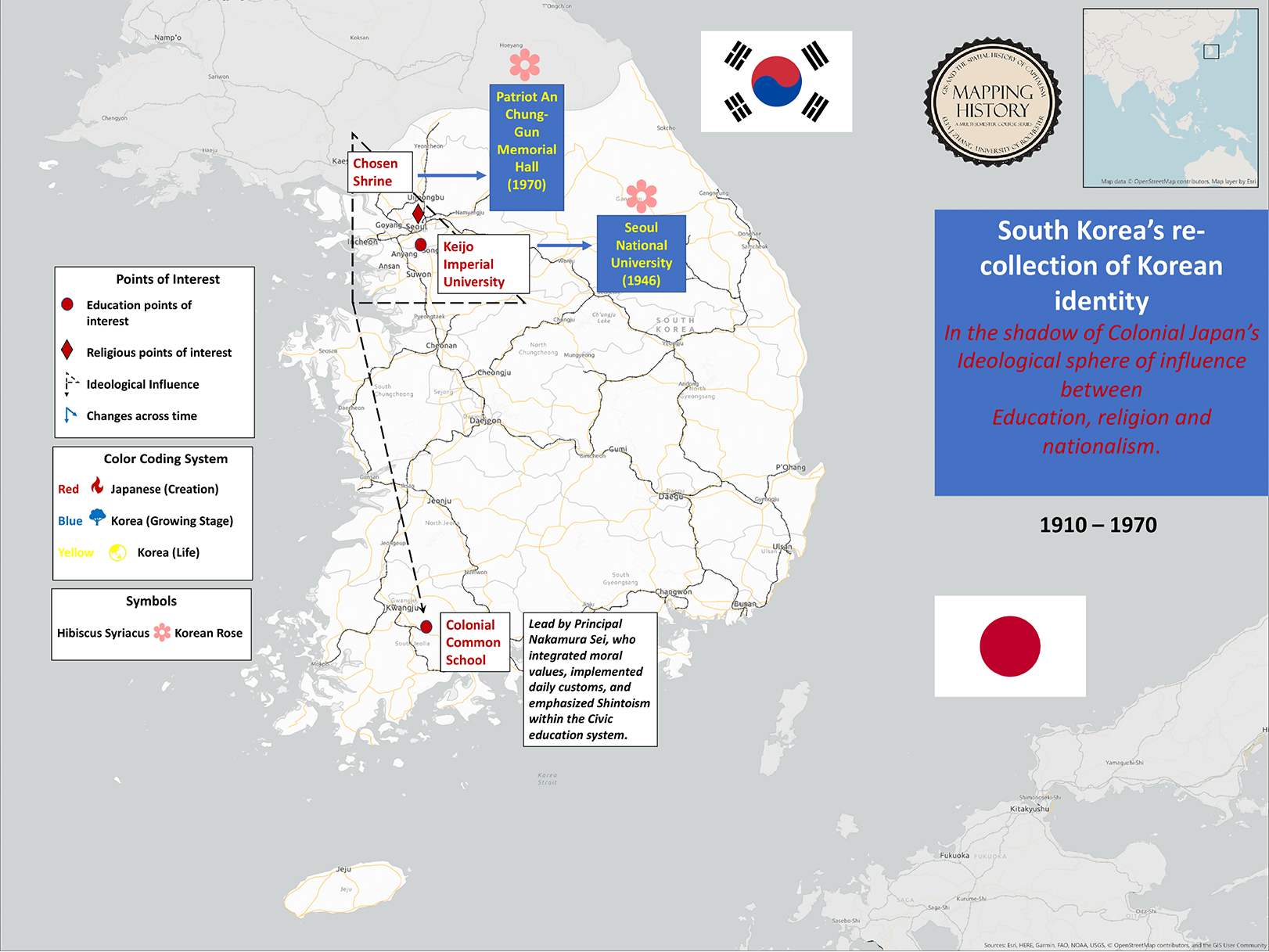South Korea Education and ReligionSouth Korea Education and Religion
From 1910-1945, the Japanese colonial administration in the Korean peninsula concentrated their sphere of influence between education and religious institutions.
During Japanese occupation, Shinto shrines were built all over the Korean Peninsula. Along with the physical presence of Shinto shrines, Shintoism interacted with the school systems in Korea to enforce of sense of Japanese identity onto Korean civilians.
Several Japanese-run schools and universities emerged across Korea, including Keijo Imperial University. Traditional Japanese, such as family harmony and benevolence before the Japanese state, were taught to Korean students.
As Korea moved towards independence after 1945, the establishments left behind by the Japanese were transformed into Korean symbols. However, subtle influences remain until today. The Korean school curriculum emphasizes moral education to way to help foster a civic identity. The values upheld in this curriculum are strikingly similar to those enforced on Korean students by the Japanese colonial administration. This time, however, the values emphasize the dynamic between the Korean state and the individual. It’s fascinated how two incompatible goals were aspired to by parallel methods.
